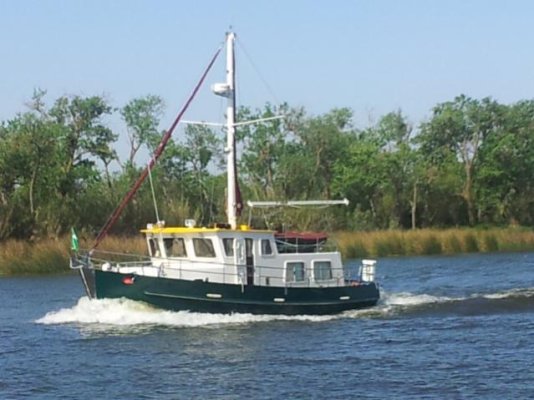Casdeop
Newbie
Hello and good day to all.
I have a 36’ Albin Trawler. She’s a heavy boat 31000 Lbs on the scale last time she was on the dry.
The boat has a Cummins 6BT 210HP with low time.
What should the hull speed be at 2000 RPM? I’m only getting 7 knots. Should I look into a different prop?
Let me know if you have any ideas.
Kind regards,
Carlos
I have a 36’ Albin Trawler. She’s a heavy boat 31000 Lbs on the scale last time she was on the dry.
The boat has a Cummins 6BT 210HP with low time.
What should the hull speed be at 2000 RPM? I’m only getting 7 knots. Should I look into a different prop?
Let me know if you have any ideas.
Kind regards,
Carlos
Last edited by a moderator:

